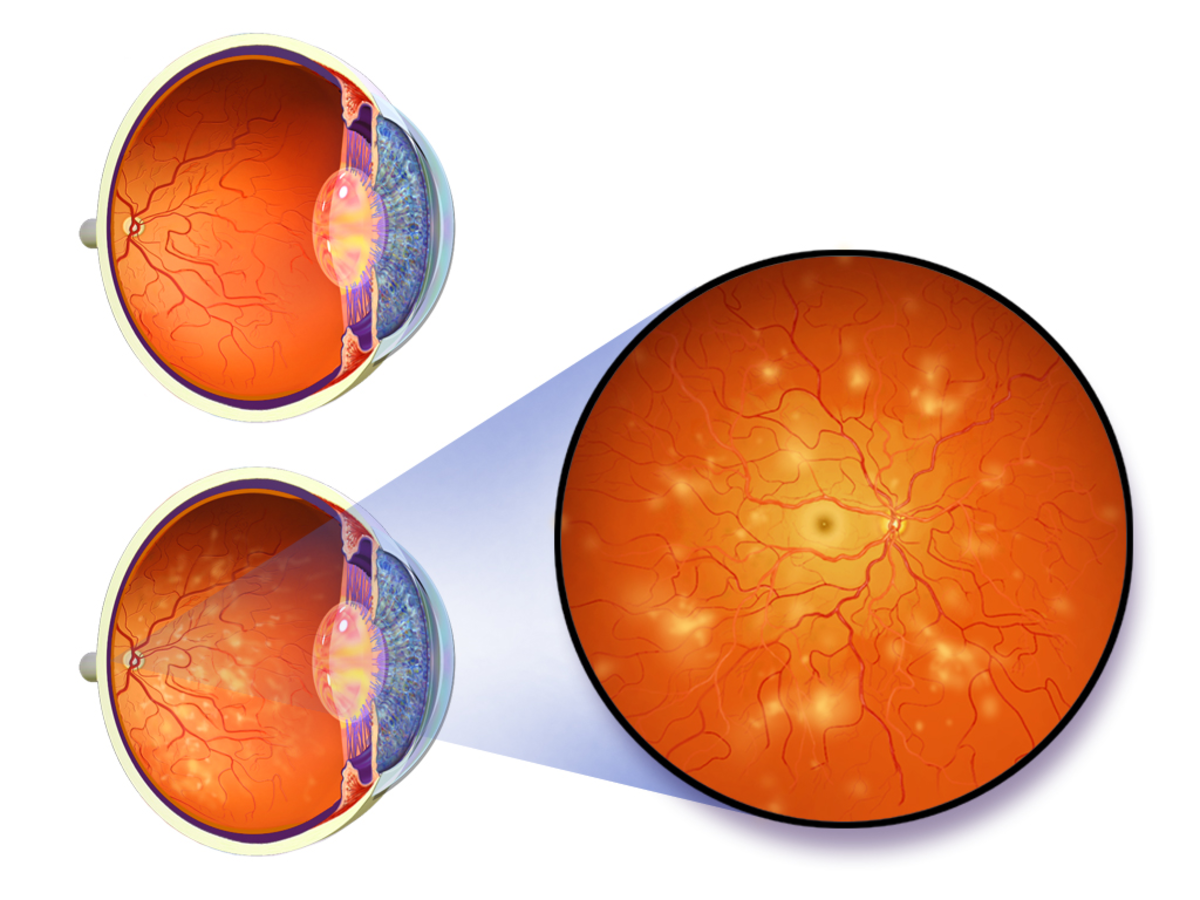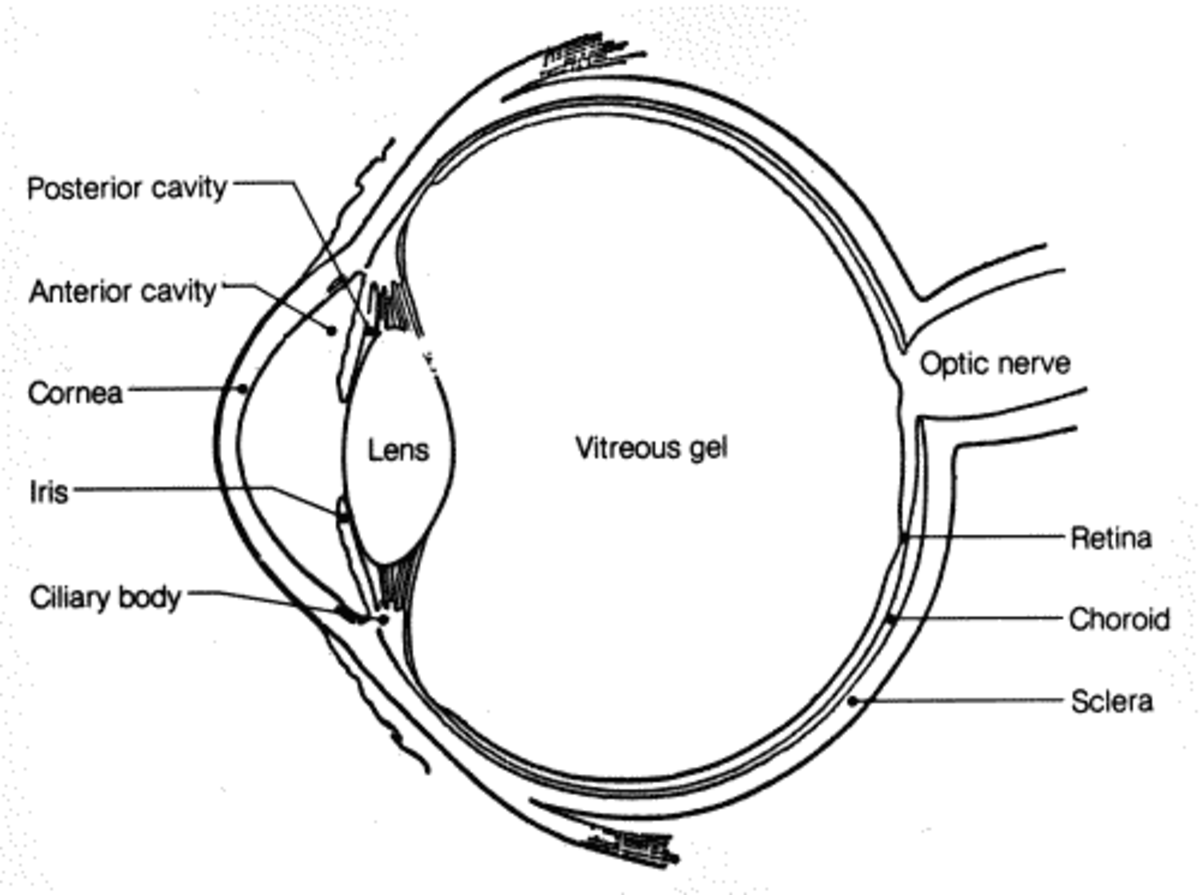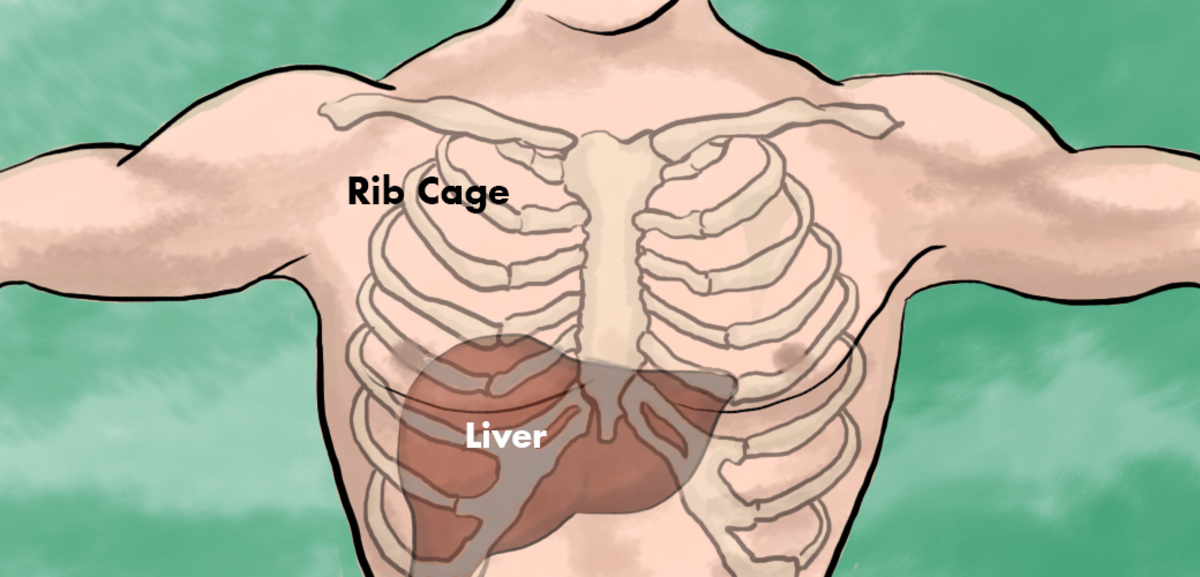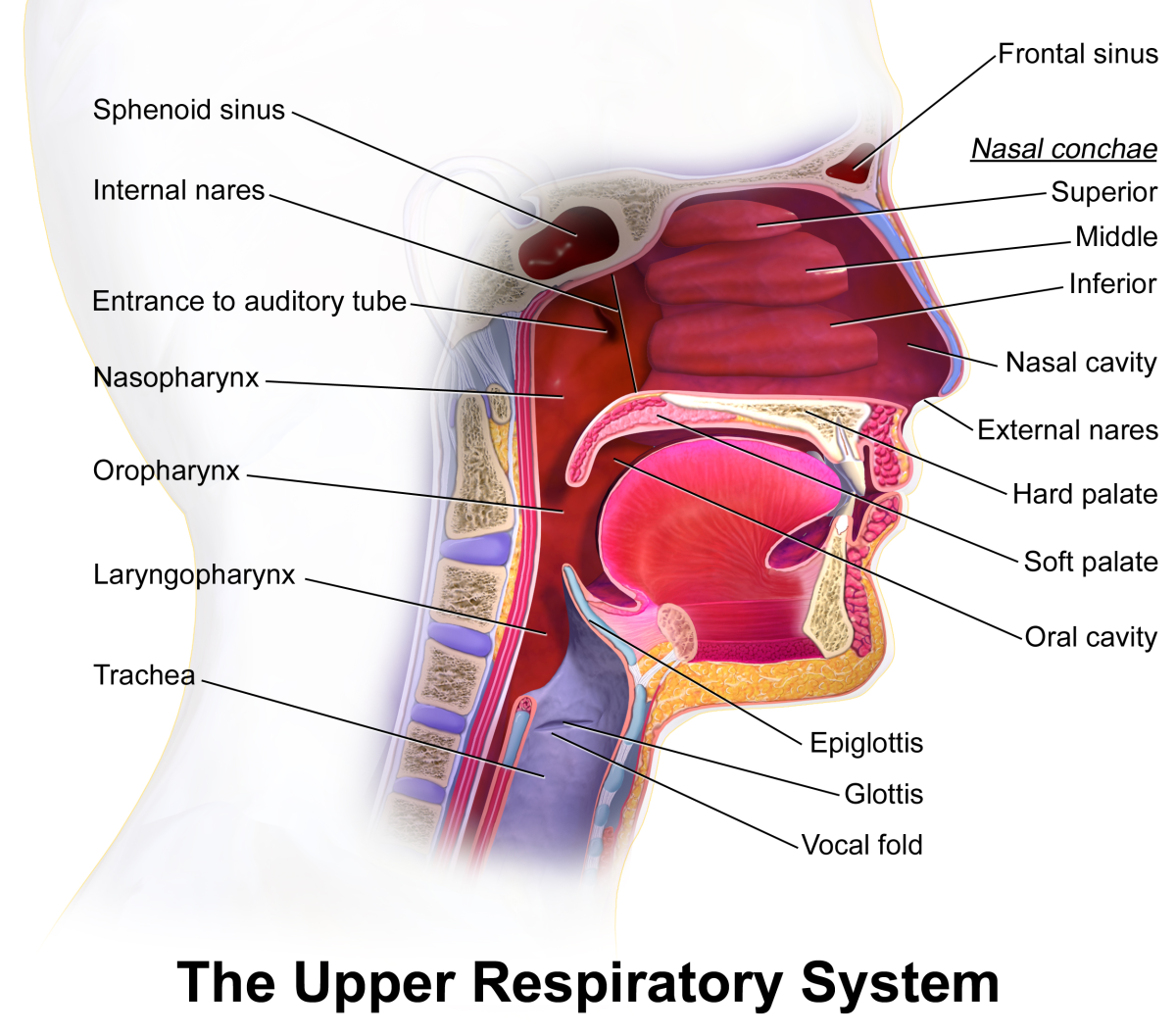Retinopathy of Prematurity: A Growing Problem with Low Birth Weight Infants
Prematurely born infants are at risk for a number of health conditions. One of the greatest risks to an infant’s development is retinopathy of prematurity (ROP). Retinopathy of prematurity can cause serious vision problems or even blindness, and although treatments exist, there are no guarantees that the condition can be arrested.
Retinopathy of prematurity develops in some premature infants because the blood vessels in their eyes have not finished developing. If a baby is born before full term, many times the blood vessels will continue growing to the front surface of the eye the way they are supposed to. But in a minority of cases, the blood vessel growth gets out of control and deprives the retina of necessary oxygen. Blood vessels grow abnormally to the center of the eye, or vessels at the back of the eye are twisted and enlarged, and thus, ROP develops.
Premature babies at the greatest risk for ROP are those that weigh 3 pounds or less, or those born before 32 weeks of gestation. The smaller and sicklier the baby, the greater the risk for ROP. Anemia, blood transfusions, and respiratory distress all contribute to the picture.
Growing Incidence of ROP
Nobody should be surprised that ROP is a growing medical problem. With advances in neonatal treatments, many more premature babies (some as small as 1.5 to 2 pounds at birth) survive than ever before. These are awesome facts to consider. But everything comes with a price, and the medical system must cope with a myriad of problems that accompany these small miracles.
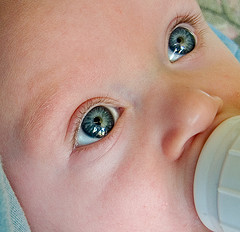
Who Do You Know With ROP?
I have known two individuals with retinopathy of prematurity. One of them is a man who has been blind since he was born (around 1950). Somehow, a misconception developed during the mid-twentieth century that premature babies in this category were given too much oxygen at birth and that was the reason for their blindness. It was certainly the reason my friend gave for his blindness. (Most researchers today give far less credence to oxygen being the most important causative factor. What happened in the womb before birth may also be implicated in this problem). This blind friend of mine has lived a very full and productive life despite his disability.
The second individual is a woman who eventually had one of her eyes removed, probably due to severe problems with glaucoma. She has had one prosthetic eye for many years. Her other eye worked to the extent that she could get by in college, even though she was legally blind. In recent years, her vision worsened, and though she had some laser treatments performed on her retina, she became blind in her remaining eye about a year ago.
Life-Long Consequences
These friends of mine are probably extreme cases. However, even people who have stage 1 and stage 2 ROP will eventually be at risk for many vision problems. Their disorder lasts the rest of their life. Such individuals are far more likely to develop glaucoma, cataracts, retinal detachment, amblyopia, and severe myopia. As babies, they are sometimes at risk for strabismus, which is the crossing or turning out of an eye. In the best possible scenario, their visual acuity has room for improvement.
In infancy, a baby with ROP will probably have some developmental delays. They will be able to do many things that sighted babies do – it just takes them longer to make progress. It is harder for a baby to crawl and explore its environment when he/she can’t see very well, and thus, there are motor delays with that baby. It is more difficult for a baby with ROP to grasp colorful objects in his crib unless they are very close to his face. We rely tremendously on our vision to experience and learn new things!
This reliance on the visual for early childhood learning may be important for memory as well. I had an acquaintance tell me once that because he was born with crossed eyes that were uncorrected until he was around age 6 or 7, he has no memory of his toddler/pre-school years, and he had to use every bit of determination and will he possessed in order to learn to read in grade school.
Cutting Edge Surgical Techniques in California
Treatments for ROP
In the same way other diseases are staged, ROP, too, has five stages. In stage 1 and 2, the eye gets better and the condition goes into regression. In stage 3, the blood vessels grow abnormally, and treatment is indicated. In stage 4 or 5, the retina detaches, and vision-sparing emergency surgery or other treatment will be necessary.
In infancy, and with stage 3 ROP, it may be necessary to sacrifice a little of the retina so that central vision can be saved. Humans rely on central vision to read, drive a car, and recognize faces, and though it’s unfortunate that some peripheral vision will be lost, the treatment will often be worth the risk. In peripheral retina treatment, the surgeon uses a laser (or sometimes a freeze treatment) around the periphery of the retina, which effectively destroys cells and stops the abnormal blood vessel growth.
With stage 4 or stage 5, the retina is detached, and a surgeon may use a scleral buckle to hold the retina in place (it will eventually have to be removed). Or, alternatively, the surgeon may perform a vitrectomy (removal of the vitreous humor). Once the vitreous is removed, the surgeon then removes the scar tissue on the retina, which enables the retina to lie flat against the back of the eye, thus giving vision a chance for improvement.
Stem Cell Therapy for ROP
Current Research into ROP
One well-known study of ROP is called STOP-ROP. It studied the use of supplemental oxygen therapy in infants with moderate ROP. As long as the oxygen administered is at a moderate level, no harm is done.
Another study is CRYO-ROP. This study provided follow-up data of babies who received vision-saving cryotherapy of the peripheral retina.
Light-ROP studied the effects of ambient or low lighting in neonatal facilities. There is no evidence that light reduction has any effect on the development of ROP.
There is some hope that anti-VEGF protocols will be useful in treating ROP. In fact, VEGF suppressing drugs are already showing some success in the treatment of macular degeneration. VEGF is a signal protein produced by cells that stimulates the growth of new blood vessels.
Finally, stem cell therapy in China using non-embryonic umbilical cord blood stem cells has produced very promising results for patients with ROP.

